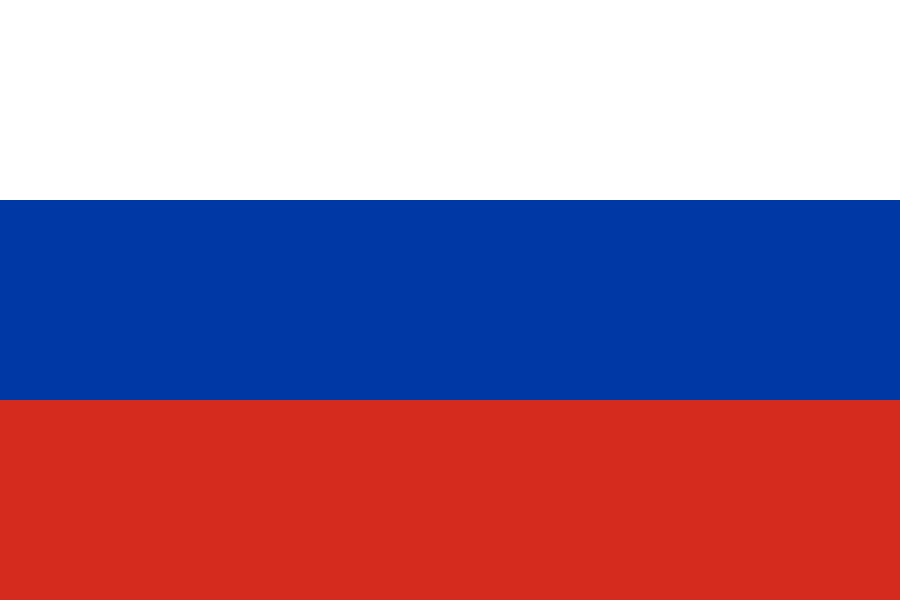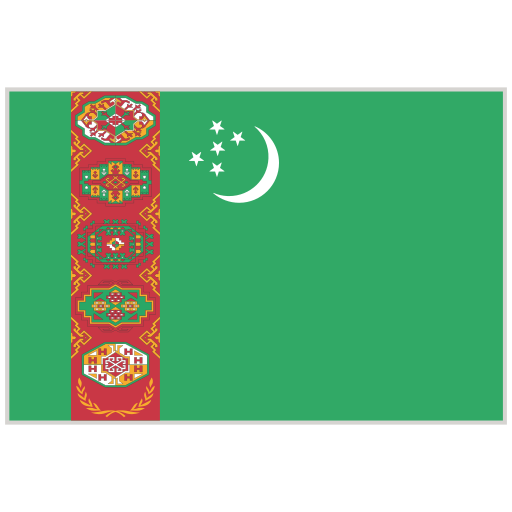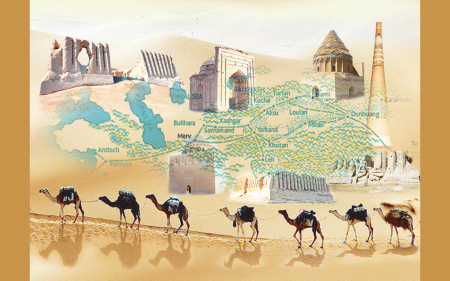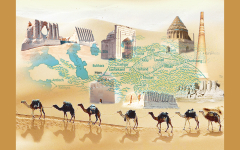The Great Silk Road is a historical route that, for thousands of years, united peoples, cultures, and nations. It was not only a trade and communication network but also played a crucial role in the exchange of scientific, religious, and cultural values among civilizations. The section of the Great Silk Road that passed through the territory of Turkmenistan was an important caravan route in ancient times and made a significant contribution to the development of world civilization. Ancient cities such as Merv, Kunya-Urgench, and Nisa became major centers of science, art, and commerce of their era. Today, this historical route serves not only as evidence of a great past but also as a model for strengthening relations between nations, making it especially significant in the modern world. In this regard, the United Nations Educational, Scientific and Cultural Organization (UNESCO) pays particular attention to studying, preserving, and promoting the historical heritage of the Great Silk Road.
In 2018, Ashgabat hosted the fifth session of UNESCO’s Coordinating Committee on the inclusion of the “Silk Road” route in the World Heritage List, which became an important milestone in this process. The event broadly discussed issues related to the preservation of historical monuments along the route, their international recognition, and the enhancement of tourism opportunities.
Through organizing scientific conferences, exhibitions, and cultural events in various countries, UNESCO makes a valuable contribution to strengthening mutual understanding and cultural cooperation among nations.
Gulshat CHETILIYEVA,
correspondent of the Mary velayat Council of the
Youth organization of Turkmenistan named after Magtymguly.














